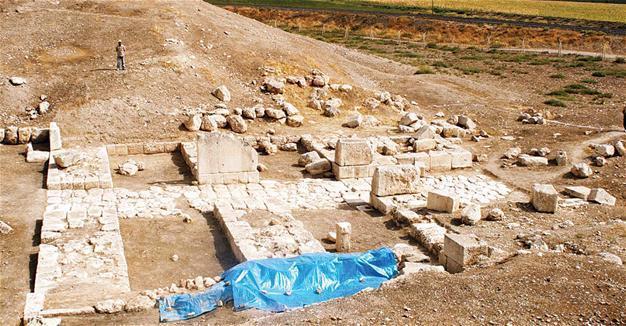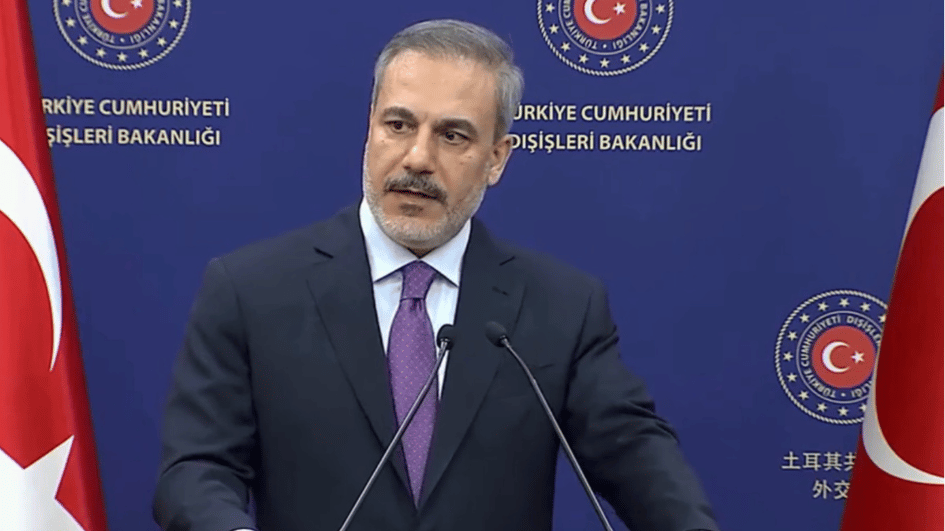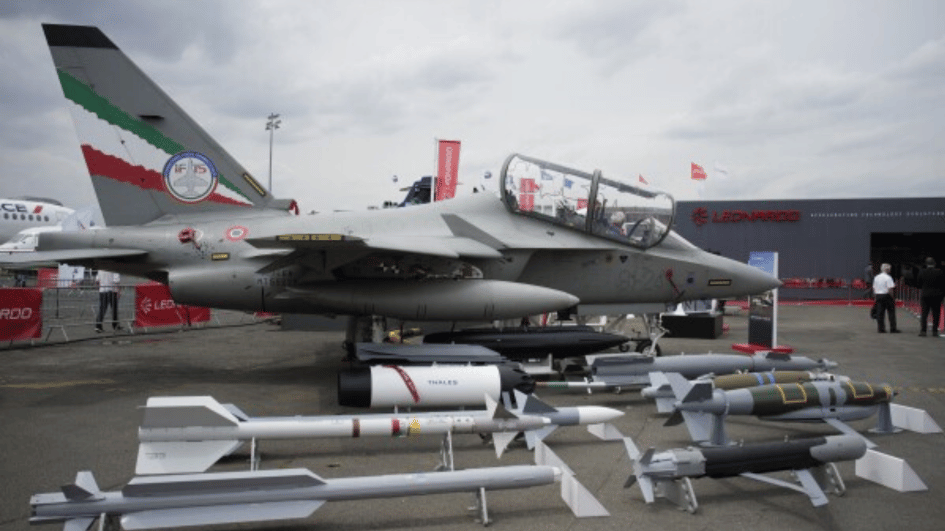Impression seals to illuminate Hittite administration
GAZİANTEP – Anadolu Agency
 The excavations that have been carried out in Karkamış, one of the world’s most important ancient cities, lying along the borders of Turkey and Syria, have unearthed 250 kiln bullae (impression seals), for the first time this year. The bullae were used by top state officials in the Hittite Empire.
The excavations that have been carried out in Karkamış, one of the world’s most important ancient cities, lying along the borders of Turkey and Syria, have unearthed 250 kiln bullae (impression seals), for the first time this year. The bullae were used by top state officials in the Hittite Empire.The aim of examining the findings is to determine the goods related to these seals and to reach information about the Karkamış administration.
The deputy head of the ancient city of Karkamış and the member of the Istanbul University Ancient Languages and Cultures department Dr. Hasan Peker said Karkamış had been a part of Greater Mesopotamia throughout history and had always played a significant role.
Peker said that Karkamış lived its brightest era under the rule of the Hittites, adding that the excavations carried out since 2001 by Turks and Italians have unearthed the oldest known written document and lots of inscriptions written with Anatolian hieroglyphs from the 12th century, known as the Iron Age.
This year, they began to find written documents dating back to the second half of the early Bronze Age to shed light on the administrative structure of Karkamış, he said.
“We have found kiln pieces with bullae and written documents. These are the most important documents ever found in Karkamış. We have found the names of many officials, who had worked in the administration.
We have never heard their names before in Hittite history. This is most likely a structure in which taxes were collected. There are 250 bullae here. Among them, more than 110 have descriptions. We can see the bullae of more than 10 bureaucrats. Bullae were used as seals. They had been used to close the doors of a city and to open them in the morning. They were used as a way of securing things. I hope we will continue to find them in further excavations,” Peker said.
Hieroglyph in bullae not in literature
Peker said the findings in the east part of the Lower Palace are very important, adding that the most striking ones among the top administrative officials are the “driver Taya,” the “three princes,” the doctor and the priest.
“Karkamış excavations are very important in revealing more about the ancient history of the Near East and for the growth of cultural heritage in the southeastern province of Gaziantep and around,” he added.
Peker said they had found a symbol of a hieroglyph on the bullae which they had never seen before.
“We have never seen it in any other Hittite documents. The name of this official is Paya. Paya has nearly 50 bullae. He had sealed all these kilns by himself but Taya sealed them with other Karkamış officials. This is the biggest archive after the Nişantepe archive found in the Hittite capital in Boğazköy. This is one of the biggest discoveries over the last 10 years,” he said.
Excavation work in Karkamış is headed by Bologna University Archaeology Department Professor Nicolo Marchetti with the assistance of Professors Peker, Refik Duru and Belkıs Dinçol at Istanbul University and Professor Mustafa Özakça at Gaziantep University who are the scientific consultants of the excavations.
















